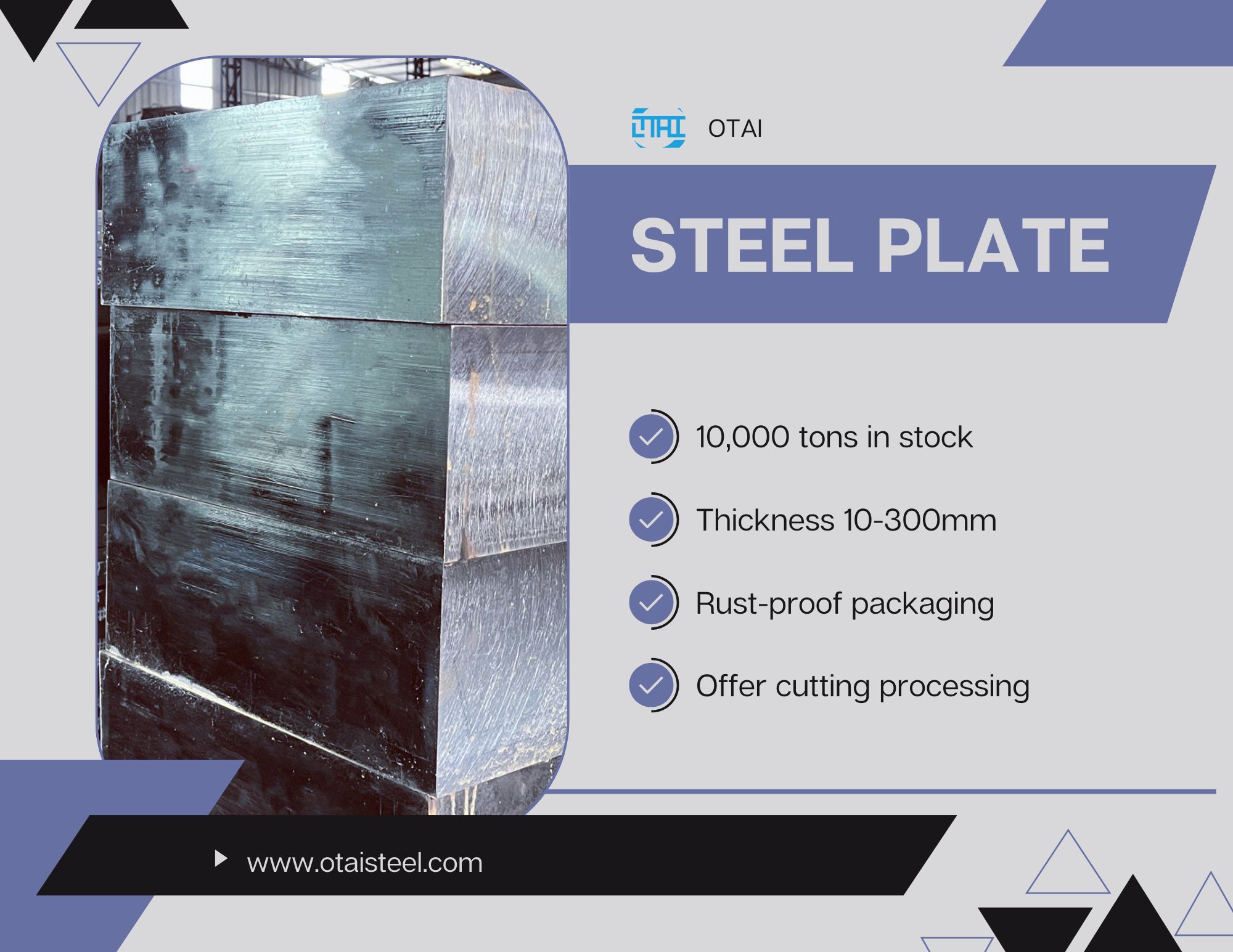 Everything you need to know about Heat-Treated 4340 Steel
Everything you need to know about Heat-Treated 4340 Steel
4340 steel is a widely used alloy known for its toughness, high strength, and excellent machinability. In the steel industry, it holds a prominent position due to its versatile properties and various applications across different sectors.
1. Overview of 4340 Steel
4340 steel belongs to the group of nickel-chromium-molybdenum steels, which are known for their exceptional toughness and ability to handle high-stress conditions. Its composition typically includes:
- Carbon (C): 0.38-0.43%
- Manganese (Mn): 0.60-0.80%
- Phosphorus (P): 0.035% max
- Sulfur (S): 0.040% max
- Silicon (Si): 0.15-0.30%
- Chromium (Cr): 0.70-0.90%
- Molybdenum (Mo): 0.20-0.30%
These elements contribute to its robust mechanical properties and suitability for a wide range of industrial applications.
2. Properties of 4340 Steel
a. Strength and Toughness: 4340 steel exhibits high tensile strength and toughness, making it suitable for parts subjected to heavy loads or impact. It is commonly used in aerospace, automotive, and oil and gas industries where reliability under stress is critical.
b. Machinability: Despite its high strength, 4340 steel is machinable in the annealed condition. This ease of machining allows for intricate designs and precise manufacturing of components, contributing to its popularity in various machining applications.
c. Weldability: 4340 steel can be welded using conventional methods. Proper preheating and post-weld heat treatment are essential to maintain its mechanical properties and minimize the risk of cracking.
d. Hardenability: The alloy’s composition provides good hardenability when subjected to heat treatment processes, allowing for a wide range of hardness levels to be achieved to suit specific application requirements.
3. Heat-Treated 4340 Steel
a. Annealing: Annealing of 4340 steel involves heating the material to a temperature of 1525°F (830°C) followed by slow cooling in the furnace. This process relieves internal stresses, improves machinability, and prepares the steel for subsequent machining or forming operations.
b. Normalizing: Normalizing is another heat treatment process that involves heating the steel to 1600-1700°F (870-925°C), followed by air cooling. It refines the grain structure and enhances the mechanical properties, particularly improving toughness and strength.
c. Quenching and Tempering: Quenching involves rapid cooling of the steel from austenitizing temperatures (typically around 1550-1600°F or 845-870°C) using water, oil, or polymer quenchants. This process transforms the microstructure to martensite, significantly increasing hardness and strength. Tempering is then performed by reheating the steel to temperatures between 400-1200°F (200-650°C), which reduces brittleness and stabilizes the microstructure while retaining desirable mechanical properties.
d. Surface Hardening: Surface hardening techniques such as induction hardening or flame hardening can be employed to selectively increase hardness and wear resistance on specific areas of components made from 4340 steel.
4. Applications of 4340 Steel
4340 steel finds applications in various critical components such as:
- Aircraft landing gear and structural parts: Due to its high strength and fatigue resistance.
- Automotive crankshafts and gears: Where toughness and impact resistance are crucial.
- Oil and gas drilling components: Including shafts, valves, and other high-stress parts.
- Tool and die manufacturing: Utilizing its machinability and wear resistance.
5. Conclusion
4340 steel stands out in the steel industry due to its exceptional mechanical properties, versatility in heat treatment, and wide range of applications across different sectors.
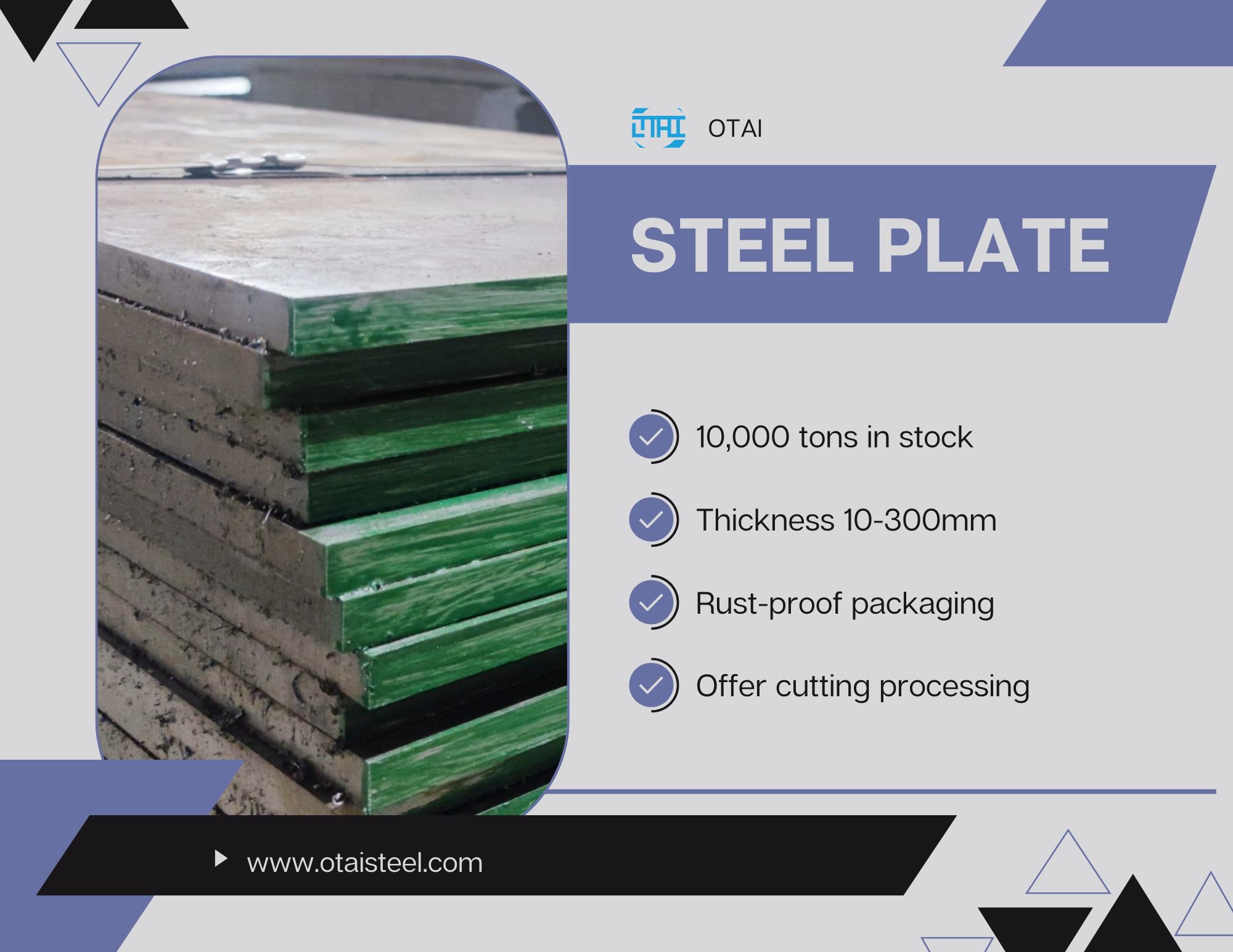 OTAI’s 4140 Flat Plate for Diverse Applications
OTAI’s 4140 Flat Plate for Diverse Applications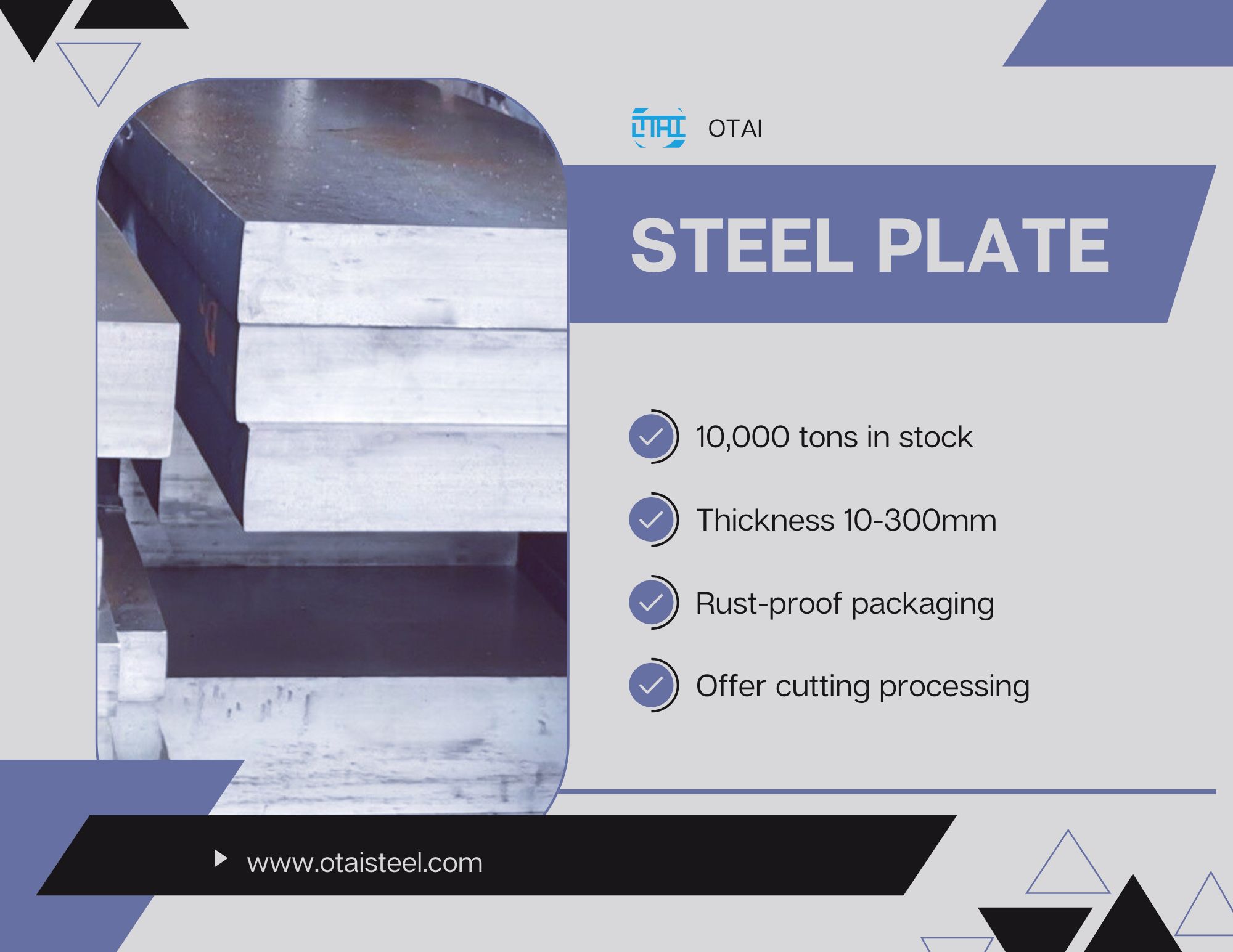 30CrNiMo8 Steel equivalent material: Everything You Need to Know
30CrNiMo8 Steel equivalent material: Everything You Need to Know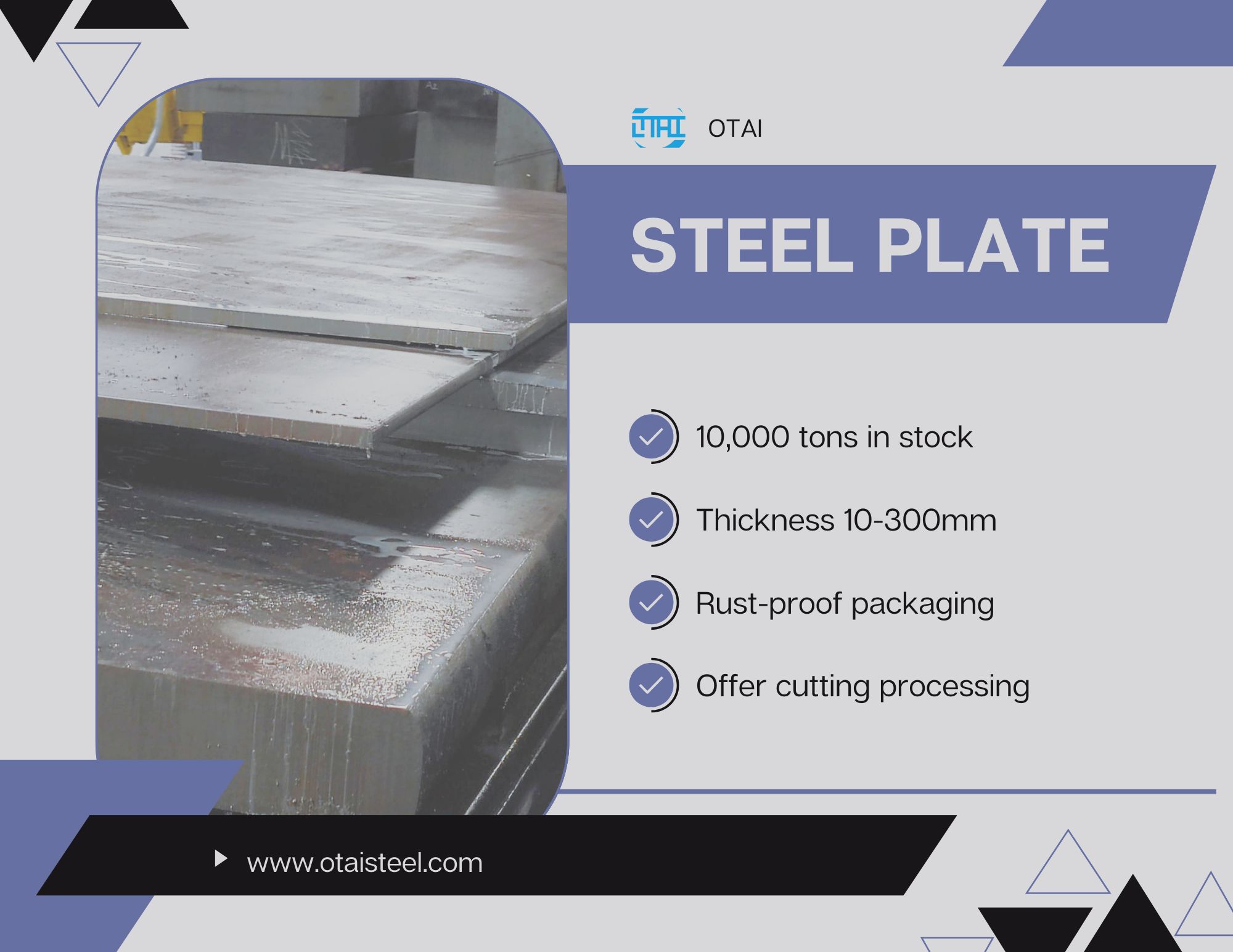 The Journey of 4340 Steel: From Raw Material to Finished Product
The Journey of 4340 Steel: From Raw Material to Finished Product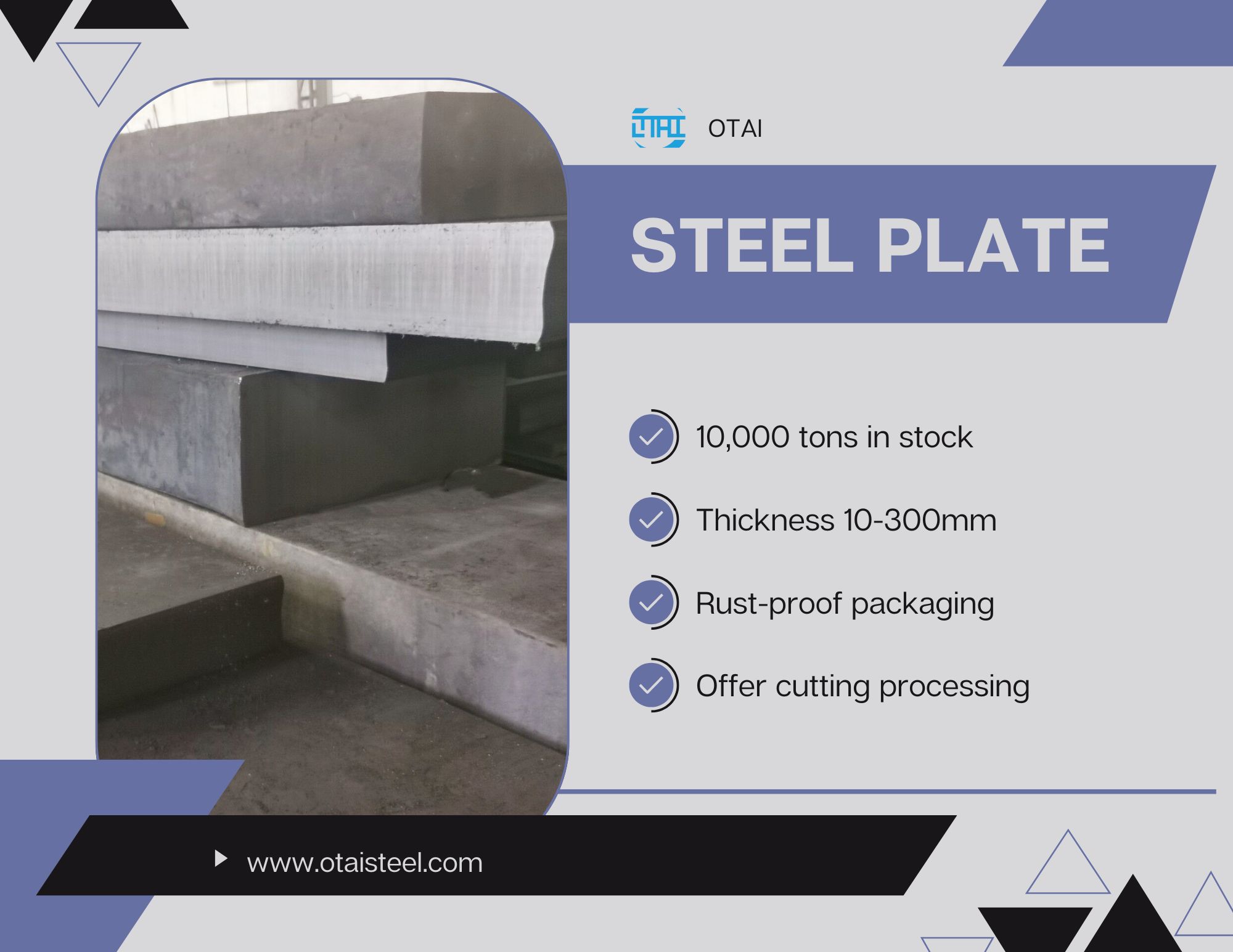 4140 steel plate price-A Guide to Current Prices and Future Projections
4140 steel plate price-A Guide to Current Prices and Future Projections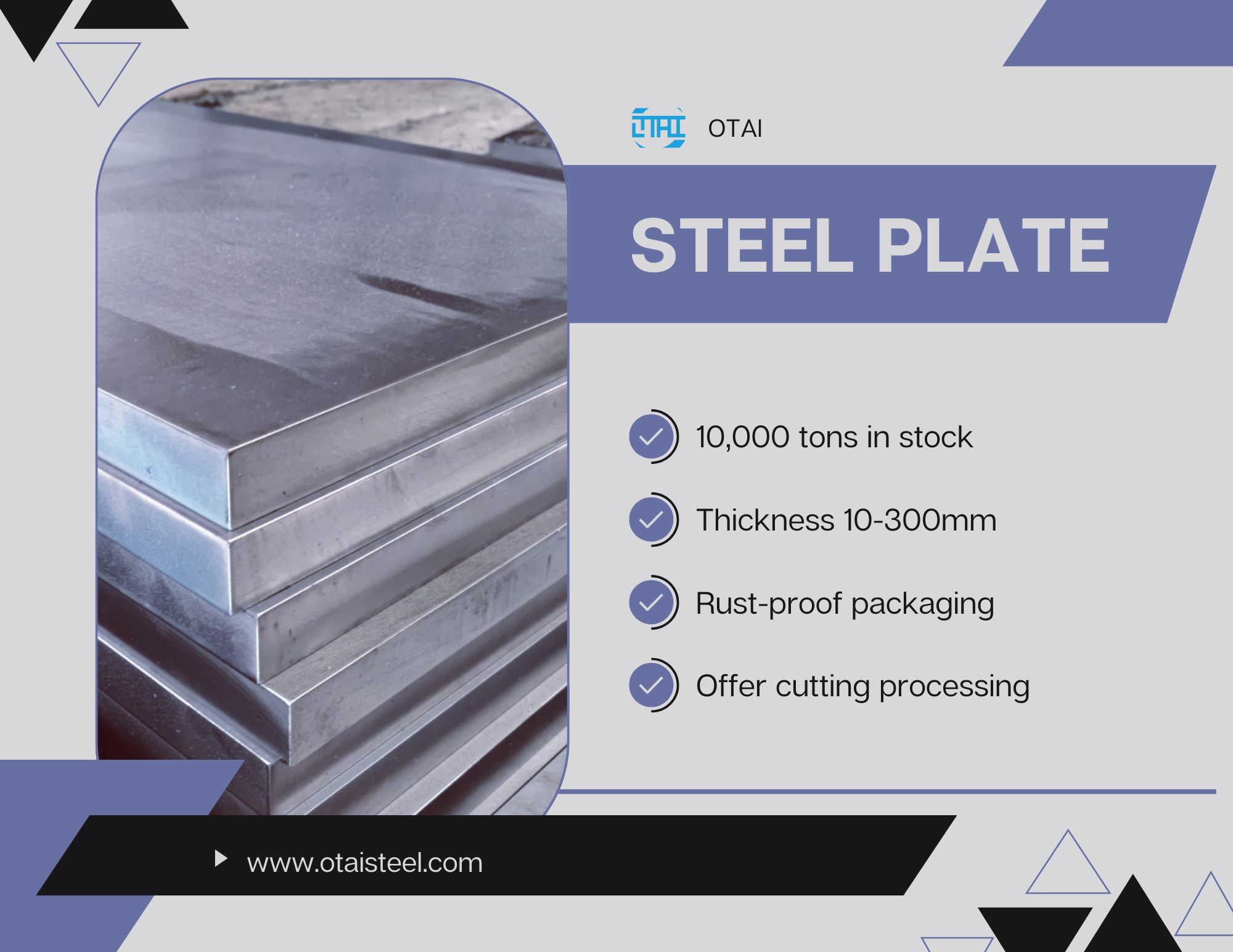 4140 Steel Plate Supplier: Enhancing Structural Integrity with OTAI
4140 Steel Plate Supplier: Enhancing Structural Integrity with OTAI Introduction to 4340 Steel Heat Treatment
Introduction to 4340 Steel Heat Treatment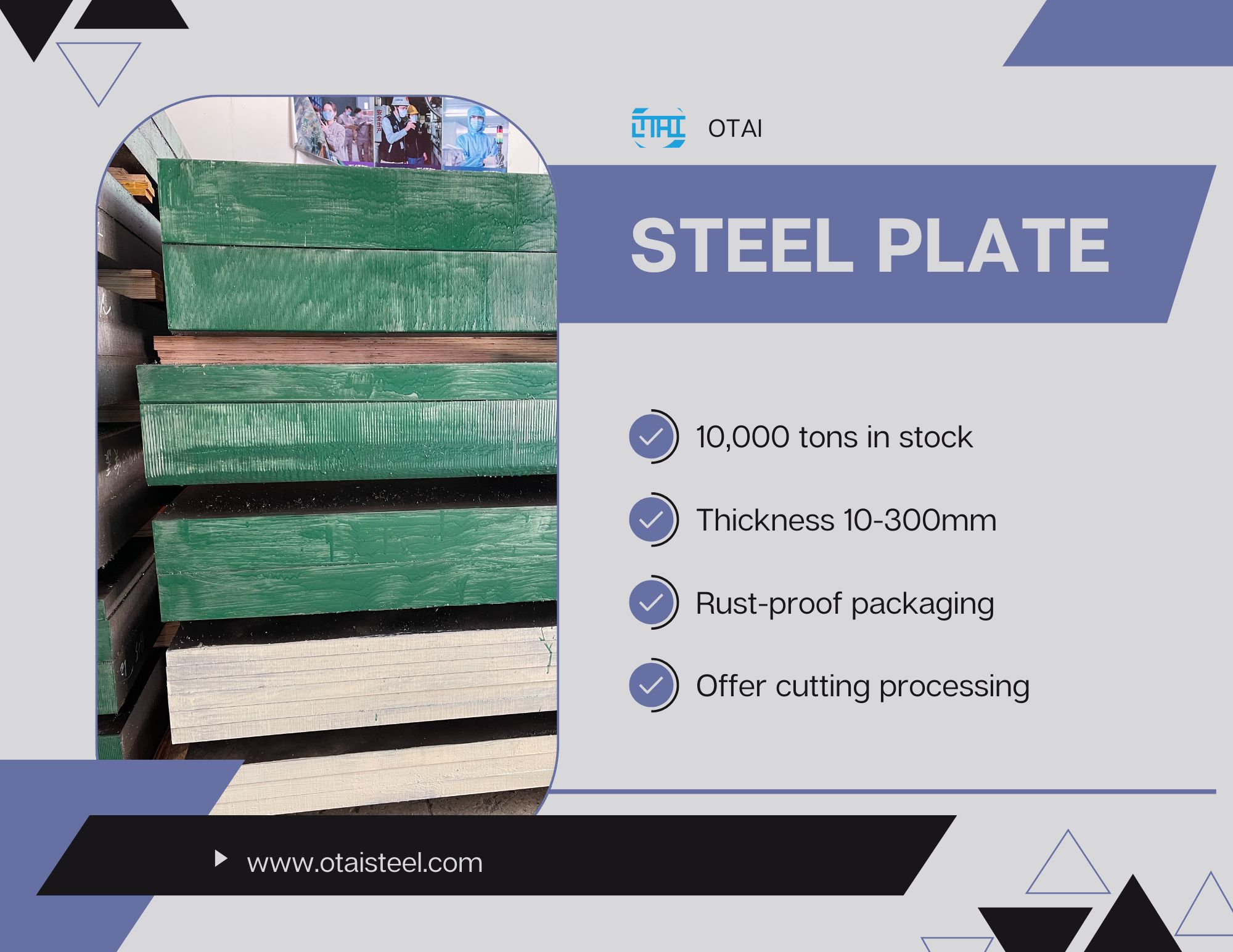 Introduction to 30CrNiMo8 Material Properties
Introduction to 30CrNiMo8 Material Properties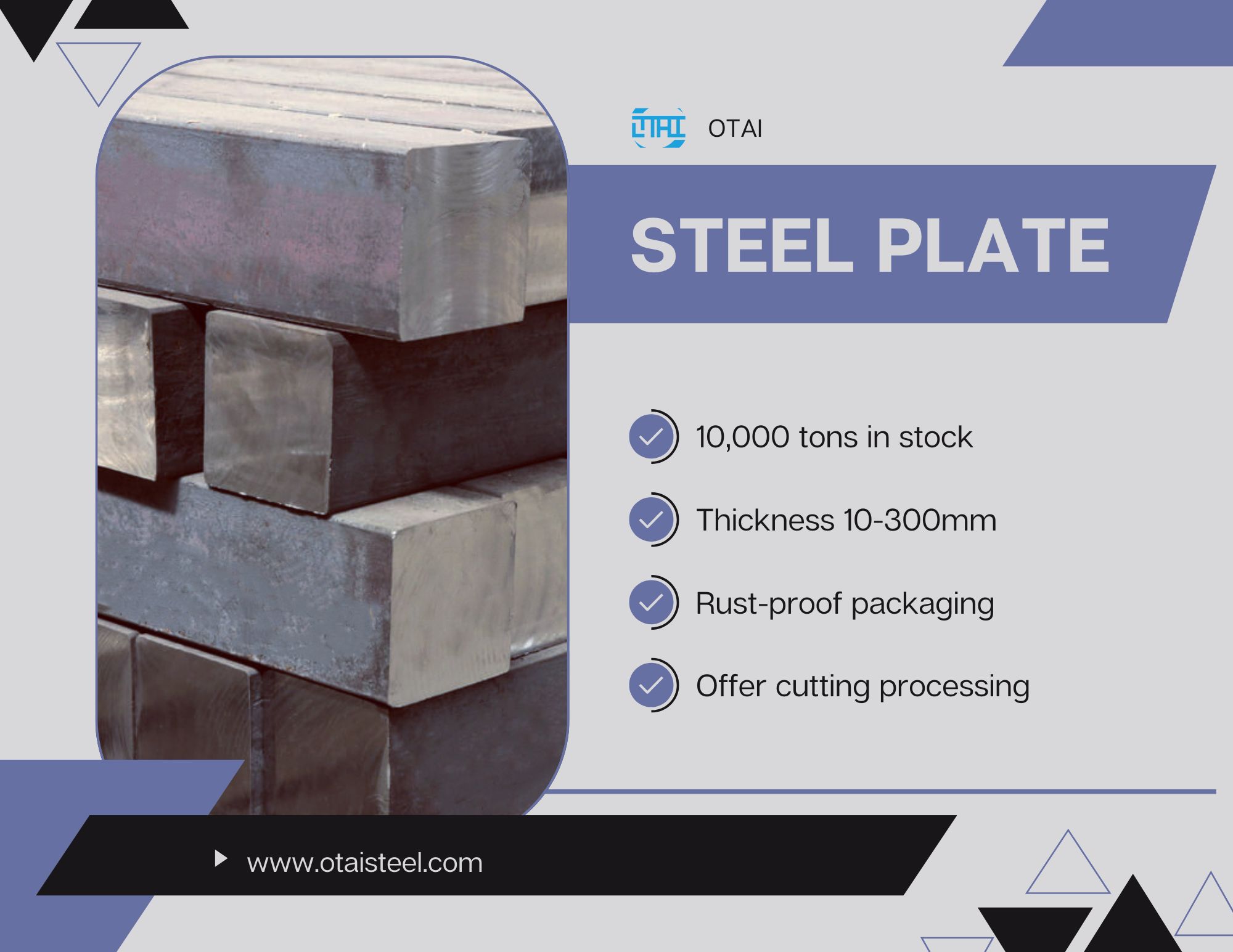 Applications of A2 Steel Blades in Various Industries
Applications of A2 Steel Blades in Various Industries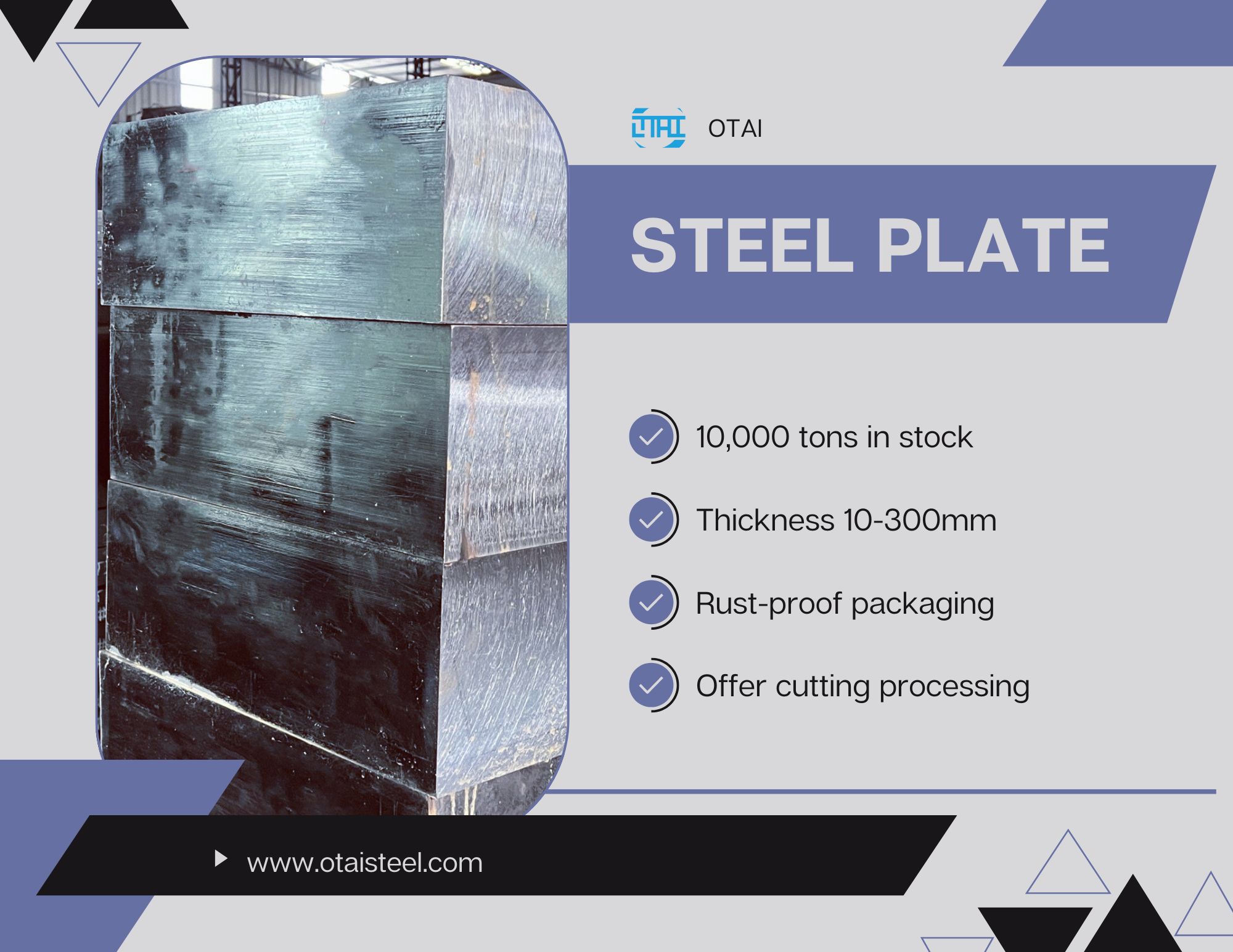 Introduction to 30CrNiMo8 Alloy Steel: Properties and Applications
Introduction to 30CrNiMo8 Alloy Steel: Properties and Applications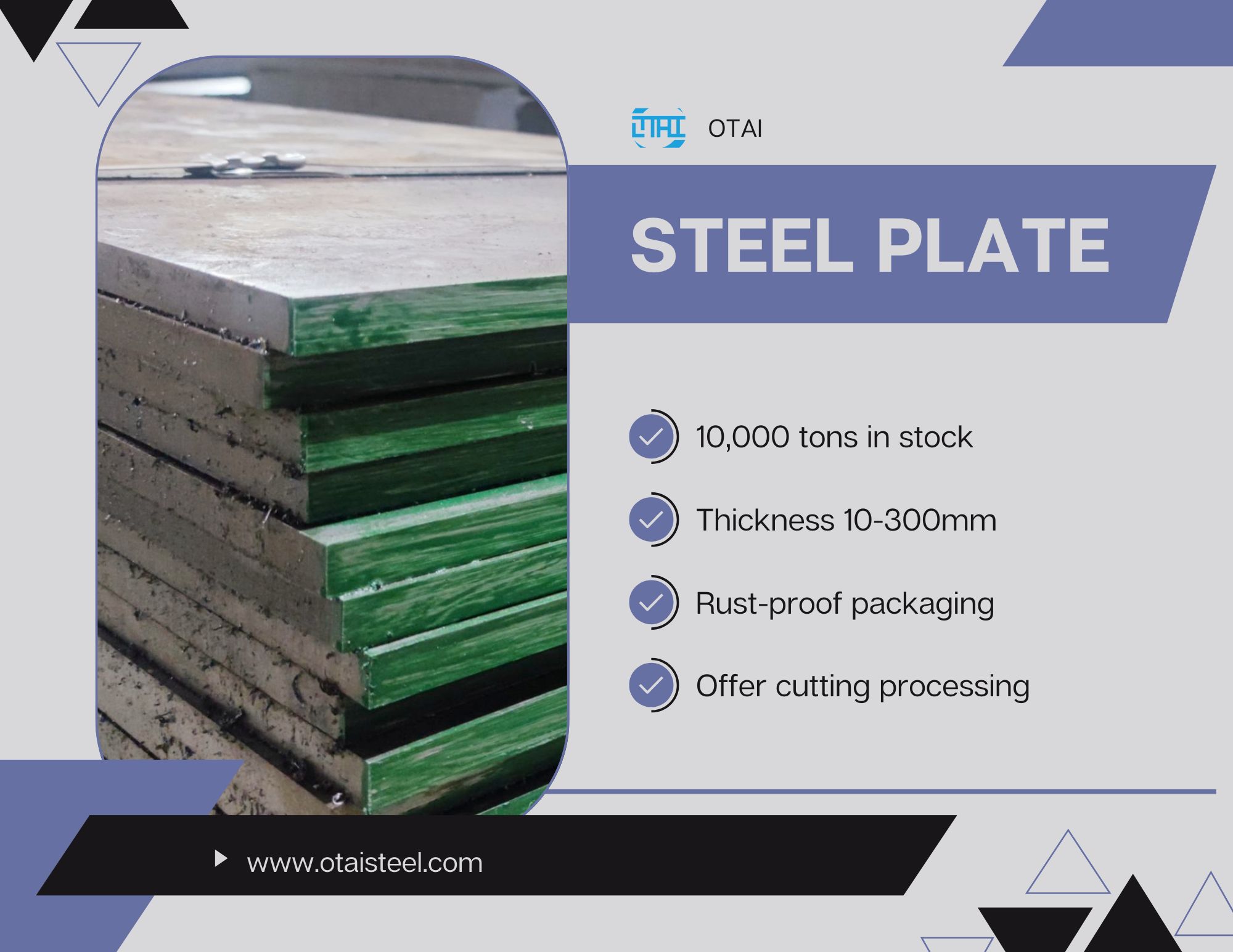 Choosing the Right 4140 HR Steel Plate for Your Project
Choosing the Right 4140 HR Steel Plate for Your Project A2 Tool Steel plate: From Stock Availability to Customer Satisfaction
A2 Tool Steel plate: From Stock Availability to Customer Satisfaction